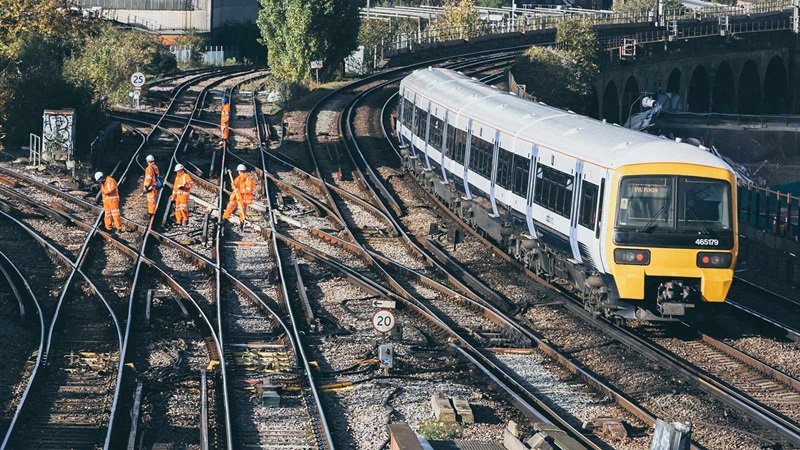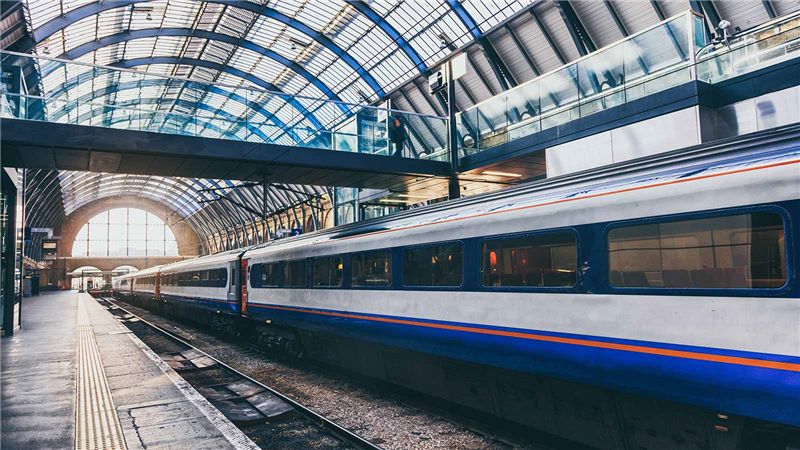How to “build, build, build” in the right way
The Prime Minister has pledged that the government will “build, build, build” to help our country recover from the economic recession caused by COVID-19 and to better take advantage of opportunities created by the UK’s departure from the EU.
While a commitment to get infrastructure projects moving and funded is welcome, we need to be careful not to confuse shovel ready with shovel worthy. In the clamour to deliver schemes quickly, we need remember that these projects will be around for generations to come, so they need to be properly integrated, using local expertise and done in the right way.
Too often, many large infrastructure schemes have failed to take account of the need for placemaking. They haven’t thought hard enough about why people use that mode of transport and how they make their onward journey at the other end.
Transport infrastructure done well is about much more than the physical rails, asphalt or runway. It’s about unlocking new land for much needed housing, allowing manufacturers to export more goods overseas, or opening up access to a wider range of jobs and opportunities.
The recently published Interim Rail Needs Assessment Report by the National Infrastructure Commission suggests a much more enlightened and coherent approach to infrastructure schemes; something that has often been missing in the past – especially from within the Treasury.
For many years there have been question marks over the ‘Green Book’ approach to infrastructure investments, with critics suggesting it often puts too much emphasis on the potential Benefit Cost Ratio of a scheme without taking account of the wider benefits for society.
If we are to truly level up the UK as the government wishes, the Green Book approach needs an overhaul. Otherwise areas that are already doing relatively well will continue to draw in a disproportionate amount of resources and investment, while those that are struggling with fall further and further behind.
Recognising the shortcomings of the Treasury’s approach, the National Infrastructure Commission has helpfully developed its own methodology to better incorporate the wider benefits of good infrastructure, like urban development and skilled employment. Hopefully the Government more broadly will move to a similar approach.
One of the positive things to come out of the tragedy of the COVID-19 pandemic has been the ability to work at pace and get things done. We need to maintain that integrated way of working and an approach that looks for ways to overcome problems, rather than allowing them to knock projects and programmes off course.
With Project Speed and the newly announced Northern Acceleration Council, the Government must recognise the need to keep hold of and spread more widely some of that new found ability to deliver quicker when needed.
The final essential ingredient for doing things in the right way is to firmly move from output based procurement to one focussed on outcomes for major programmes. By their very nature, major transport projects can take many years to deliver with approaches and technologies changing dramatically. They also can be very complex challenges to solve. Using an outcomes based approach will better use the knowledge and experience of the private sector while not constraining innovations over time.
With a combination of the three ingredients – Green book changes, pace of doing things and outcomes based procurement – we have far better chances of improving infrastructure delivery and levelling up the UK.












